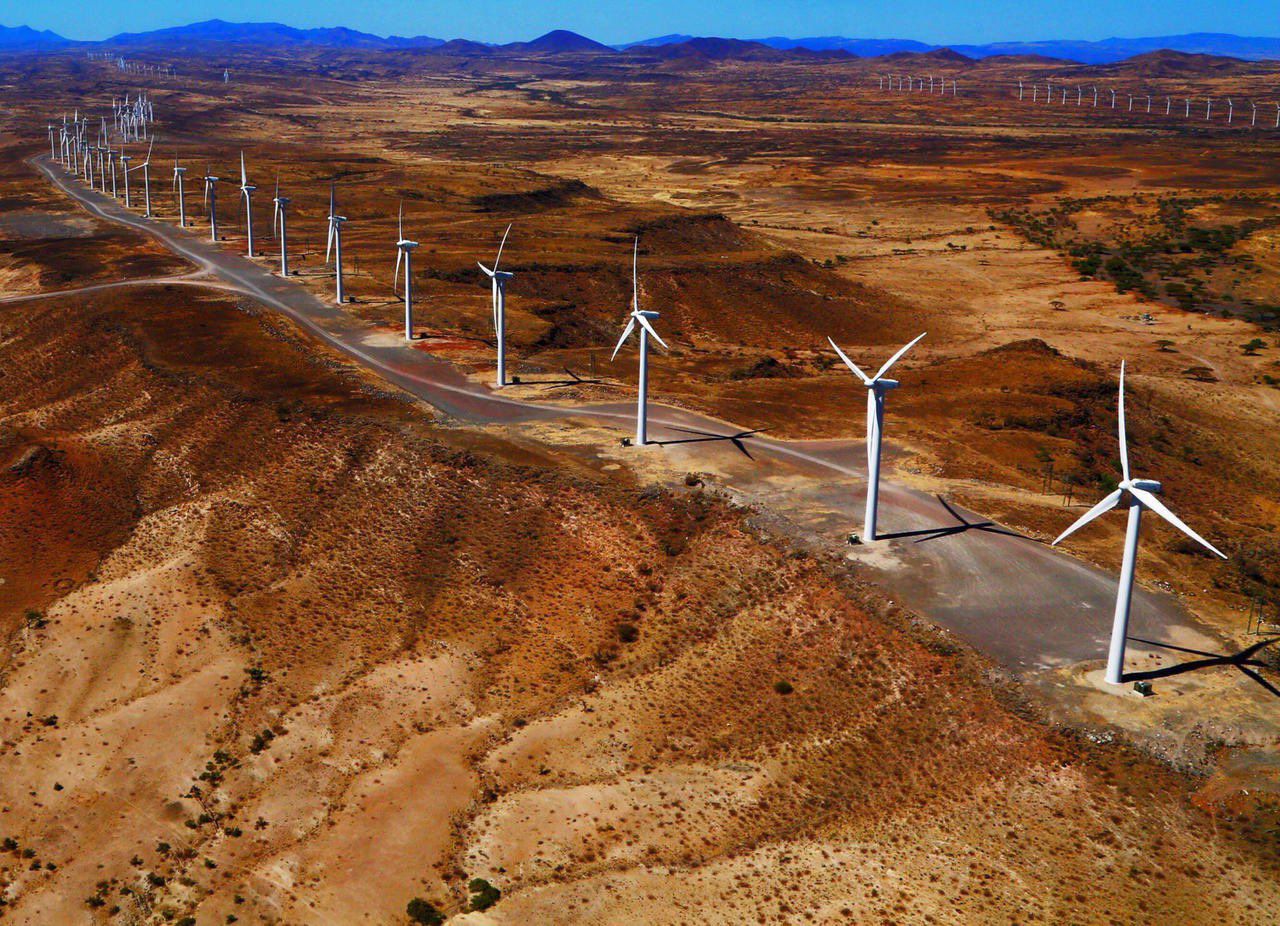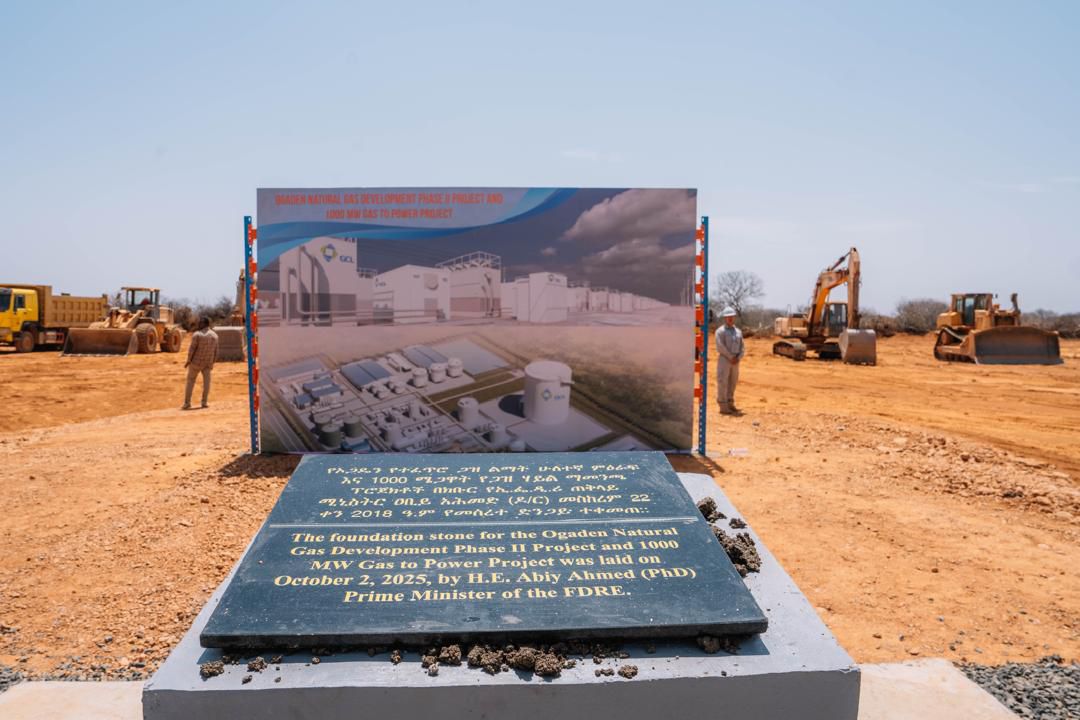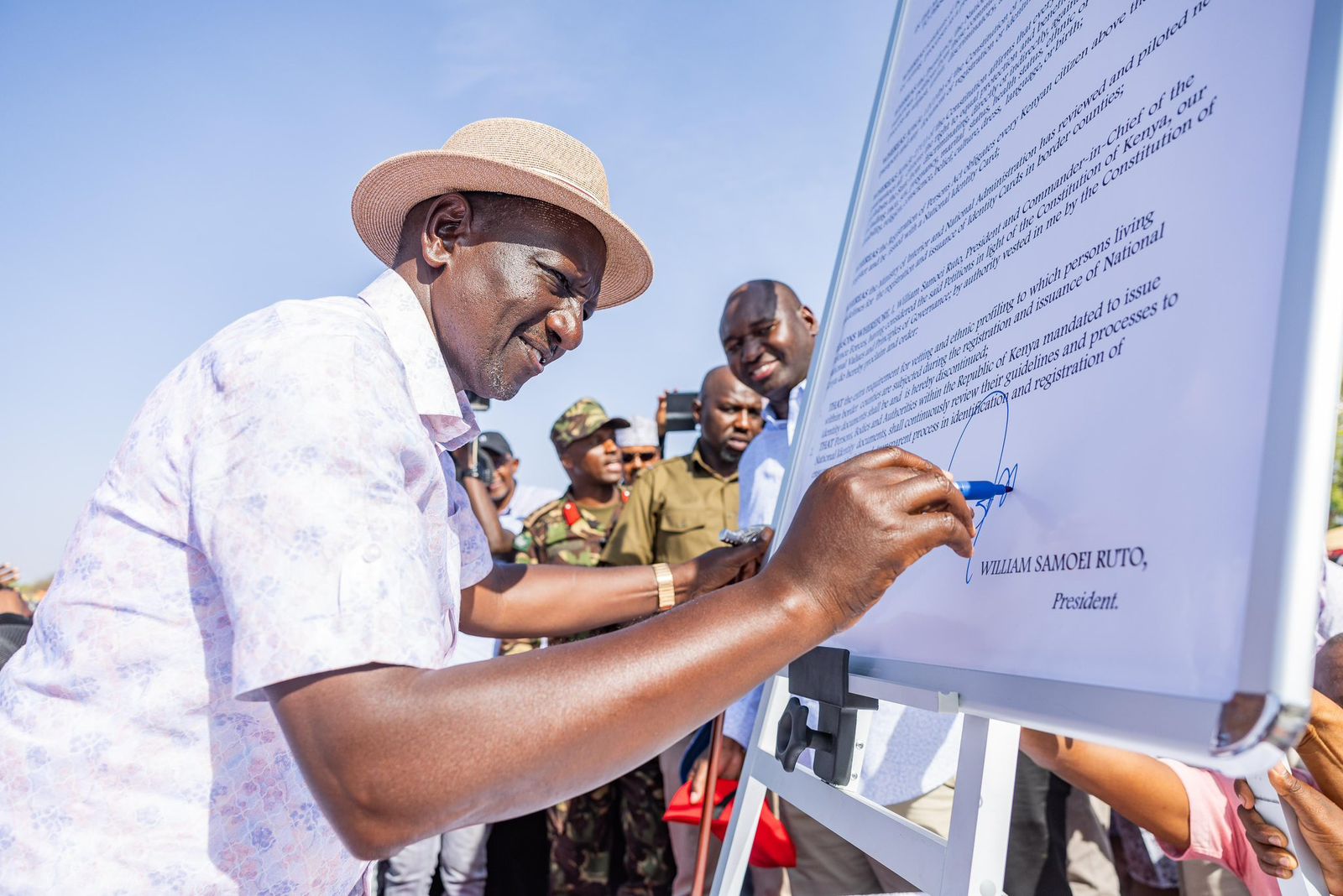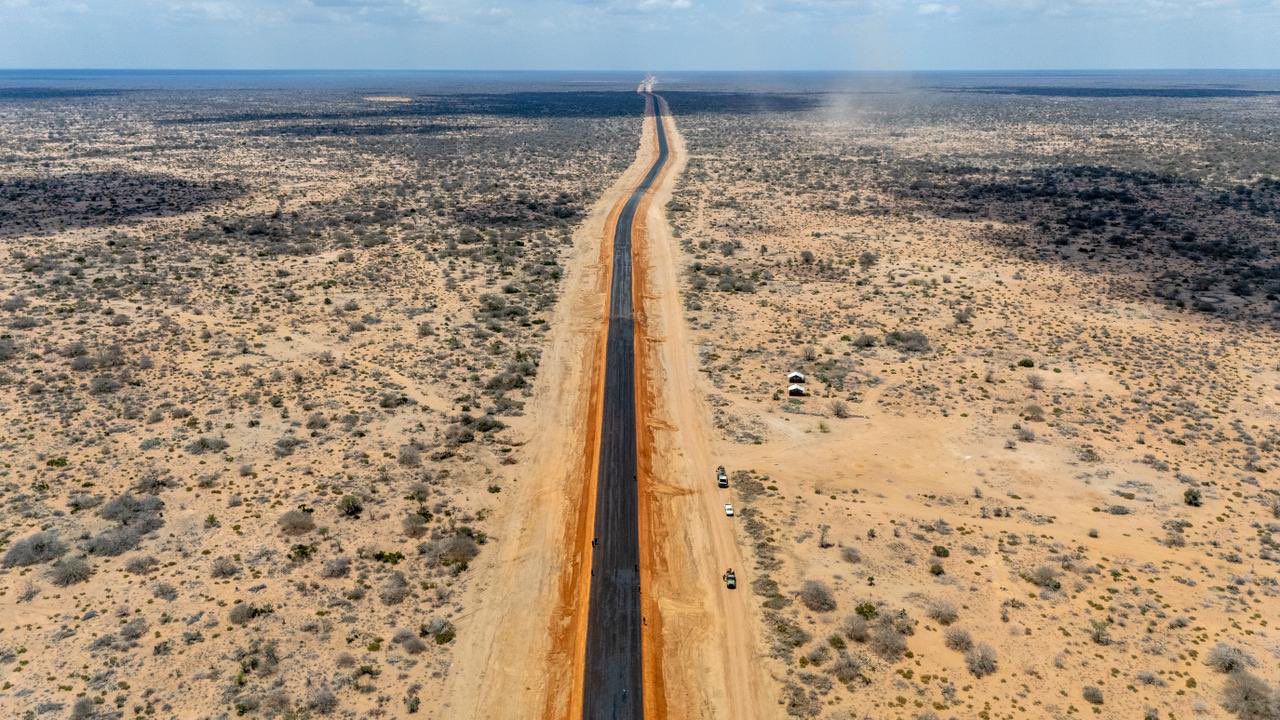As Kenya and Ethiopia push development deeper into their once-neglected frontiers, the transformation of Northern Kenya and Ethiopia’s Somali Region could reshape the Horn if the promise of roads, energy, and recognition finally meets the people who’ve waited the longest.
(Watch:
- Why Northern Kenya Is the Future https://youtu.be/78HiPDmfmfo?si=raIURrnZdVKsNhdP
- Discover Garissa Documentary https://youtu.be/VfGBy5_iFEA?si=Us64s-YhAvNV6gQW
- Garissa by Night https://youtu.be/VOEC1llPdHw?si=kDKq2GqhOiYTVPPo
- Lake Paradise in Marsabit https://youtu.be/kW9naoxbrQ8?si=dYlTq78ppMTq-DL8
When I uploaded my short films “Why Northern Kenya Is the Future” and “Discover Garissa” on social media, I didn’t expect them to draw that much attention. The footage of roads slicing through the desert, trucks crawling along newly built corridors, and skylines of solar panels and wind turbines surprised many Kenyans. Some viewers insisted it wasn’t Kenya. Others guessed Kericho because of the vast green Balambala rice plantation, a few even mentioned Morocco or Oman.
That disbelief was telling. Most Kenyans have never really seen more than half of their own country, even the media sometimes can’t tell Marsabit from Mandera. For decades, Northern Kenya existed more as an idea than a place referenced mostly in headlines about drought, insecurity, or hunger. Yet something is quietly changing. The region remains poor, but the groundwork for transformation is being laid, and if sustained, it could redefine Kenya’s economic geography altogether.
This awakening isn’t unique to Kenya. Across the border, Ethiopia’s Somali Region is undergoing a similar shift, new roads, housing projects, and energy investments are recasting what was once dismissed as a desolate and volatile frontier. Both governments are, in their own ways, trying to fold their margins into the national story. Their pace and politics differ, but the intent feels the same: to turn forgotten lands into productive corridors.
In Kenya, President William Ruto’s administration has placed renewed focus on the north, not just through speeches but through tangible projects. The Isiolo–Mandera Highway, part of the Horn Gateway Project, is arguably the most important infrastructure link in decades. When complete, it will connect six counties to the rest of the country and open up trade to Ethiopia and Somalia.
Further west, the Lake Turkana Wind Power Project in Marsabit though launched earlier is the largest wind farm in Africa already supplies nearly a fifth of Kenya’s electricity. The vast solar fields in Garissa and Turkana, remain critical for expanding energy access and could power local industries if better integrated.

Lake Turkana Wind Power
Beyond energy, new institutional moves such as the creation of a National Livestock Market Board signal long-overdue recognition that livestock is the north’s natural comparative advantage. Properly managed, it could formalize the multi-billion-shilling trade that pastoralists have sustained informally for generations. To make this a reality, industrial parks are being established across the region and could become a vital source of employment and enterprise for many Kenyans.
And beyond trade and infrastructure, Northern Kenya holds enormous untapped potential in tourism from the turquoise stillness of Lake Paradise in Marsabit, Lake Turkana to the sweeping Chalbi Desert, the Waso Plains, and the wildlife sanctuaries of Buffalo Springs and Shaba. This landscape rugged, dramatic, and culturally rich is Kenya’s most authentic frontier.
Yet development here isn’t only about infrastructure; it’s also about visibility. Deputy President Kithure Kindiki’s frequent tours across Marsabit, Isiolo, and Garissa areas once considered unreachable have changed how the state interacts with its northern citizens. Likewise, Interior CS Kipchumba Murkomen’s “Jukwaa la Usalama” forums, where governors, elders, and security officials sit under one tent to discuss peace and security, have made Northern Kenya a national conversation rather than a distant curiosity.
Watch Jukwaa la Usalama Live https://www.youtube.com/live/AqtJeLGgYsY?si=NxxpbK66UrqqHnVP
Across the border, Prime Minister Abiy Ahmed has adopted a similar approach through his “Gebeta Le Hager” (Table of the Nation) events in the Somali Region, using them to frame development as dialogue and belonging. Both governments seem to have realised that showing up matters. After decades of neglect, even symbolic presence carries political and emotional weight.

Foundation stone for the Ogaden Natural Gas Development in Ethiopia
But if Kenya’s attention to the north has brought visibility, it has also exposed how deep the gaps remain. Poverty rates are still among the highest in the country. In towns like Moyale or Mandera, young people sit idle despite new roads and offices around them. Hospitals lack basic equipment, classrooms are overcrowded. The frontier is risisng, yes, but it is still far from thriving.
The difference now is that people can imagine a different future. If managed well, the infrastructure taking shape could anchor livestock processing hubs, renewable-energy industries, and eco-tourism circuits that might finally make the region an economic equal rather than a dependency. The north’s story is not just about catching up, it’s now about redefining what prosperity means in Kenya.
Ethiopia’s Somali Region mirrors this paradox. New gas and fertilizer projects in Gode, roads linking Jigjiga, and housing developments have started to attract attention and local investment. But challenges persist, unemployment, drought, and the struggle to turn infrastructure into real opportunity. Both regions stand at a crossroads: can development translate into dignity, or will it remain an image for television cameras?
For many Kenyans, one of the most symbolic milestones wasn’t a project at all but President Ruto’s decision to end the vetting process for national IDs in the north. That single act lifted a decades-long shadow of suspicion, where whole communities had to prove their citizenship before being recognised. I remember in high school when my classmates received their IDs, I was separated from the rest of the class because I came from the north. The humiliation of that moment stayed with me and with thousands of others who’ve lived the same reality.
Recognition, in that sense, is as important as development. It restores the idea that being Kenyan, or Ethiopian, shouldn’t depend on geography.

President William Ruto signs the Presidential Proclmation in Wajir
Northern Kenya and Ethiopia’s Somali Region sit on the same line of fragility and promise, arid, vast, and full of potential. If developed with care, this belt could become East Africa’s most strategic corridor: connecting markets, exporting renewable energy, and opening new cultural and commercial pathways between Nairobi, Addis Ababa, and Mogadishu.
If ignored, it could easily slip back into the familiar cycle of aid, insecurity, and resentment that has defined it for half a century. The frontier’s story, ultimately, will depend on how governments, investors, and local communities choose to write its next chapter.
Watch Related Features:
Discover Dida Galgalu: The Beautiful Gateway to Marsabit! by PNTV Africa.
Discover Dida Galgalu: The Beautiful Gateway to Marsabit! by PNTV Africa.

